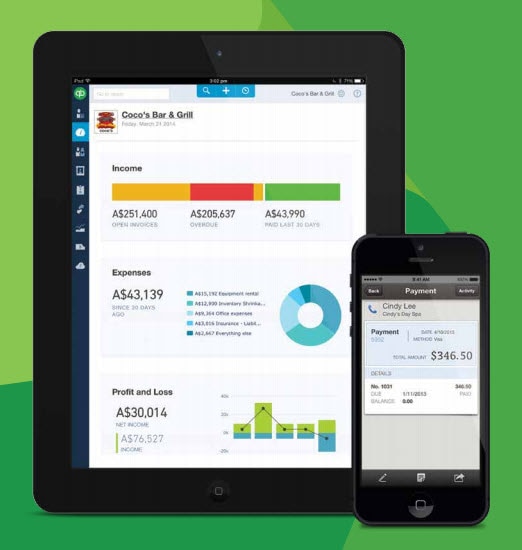If you ship goods to customers, you may sometimes have to prepare a pro forma invoice, which outlines your intent to provide specific products or services at a price to be agreed upon. Think of it as an estimate or a quote, but with a big difference — Once your customer accepts the pro forma invoice, it acts as a binding contract.
Pro forma invoices are often used to declare the value of purchases as they go through customs. This helps ensure a simple, smooth shipping process between countries. It’s also common for businesses to use per forma invoices as part of their internal purchasing process. For example, if you use cloud-based accounting software, such as QuickBooks Online, you can send a pro forma invoice to your client electronically. Once the client approves the transaction, the software automatically sends an invoice to that customer.
Pay attention to how to format a pro forma invoice by following these steps.
- Price and sales terms for the deal — the price of the goods and the cost to ship, store, insure, and deliver them
- Full names and addresses of the seller and buyer
- The words “pro forma invoice”
- If the agreement only remains valid until a certain date, include the date
- A breakdown of each item or service, along with their quantities and any important descriptive features
- When shipping goods out of the country, the invoice should include the country of origin
- The payment terms, including the amount of payment, the currency, and a breakdown of any payments and their due dates
- Your signature — full name and title — and the date
Sending a pro forma invoice isn’t a requirement for all companies. But it’s a good option if you have a service-based business that allows partial payments, if you ship goods to other countries, or if you’re using cloud-based accounting software.






